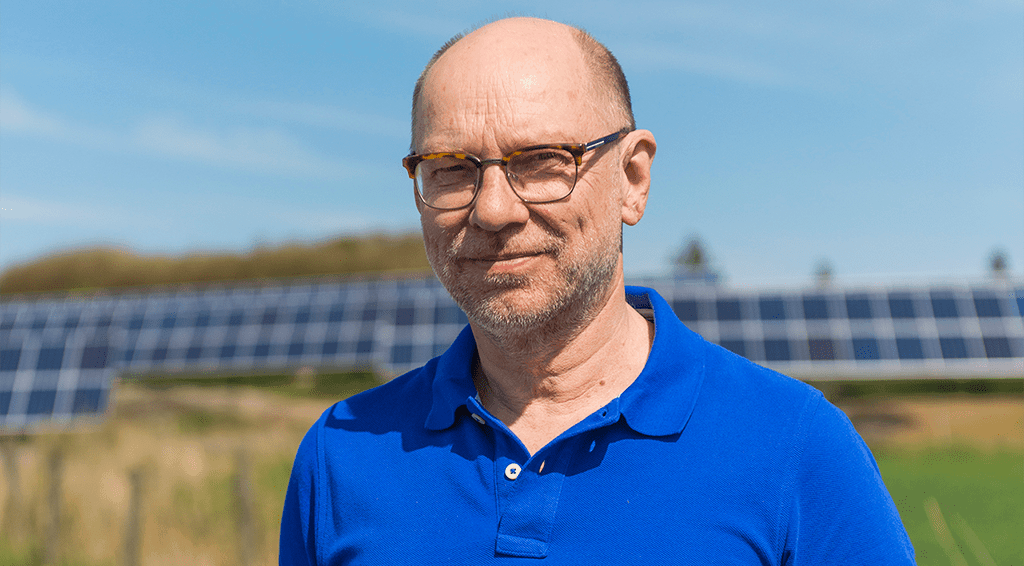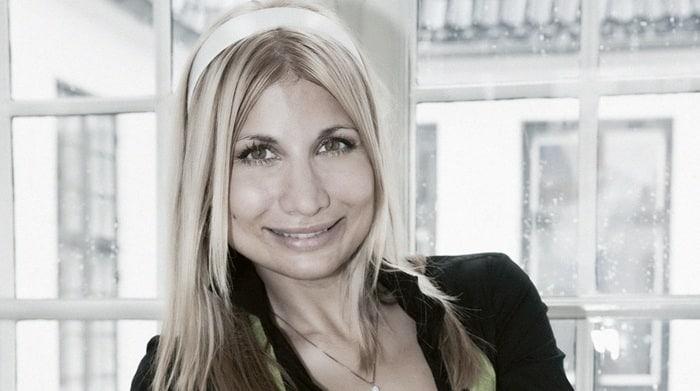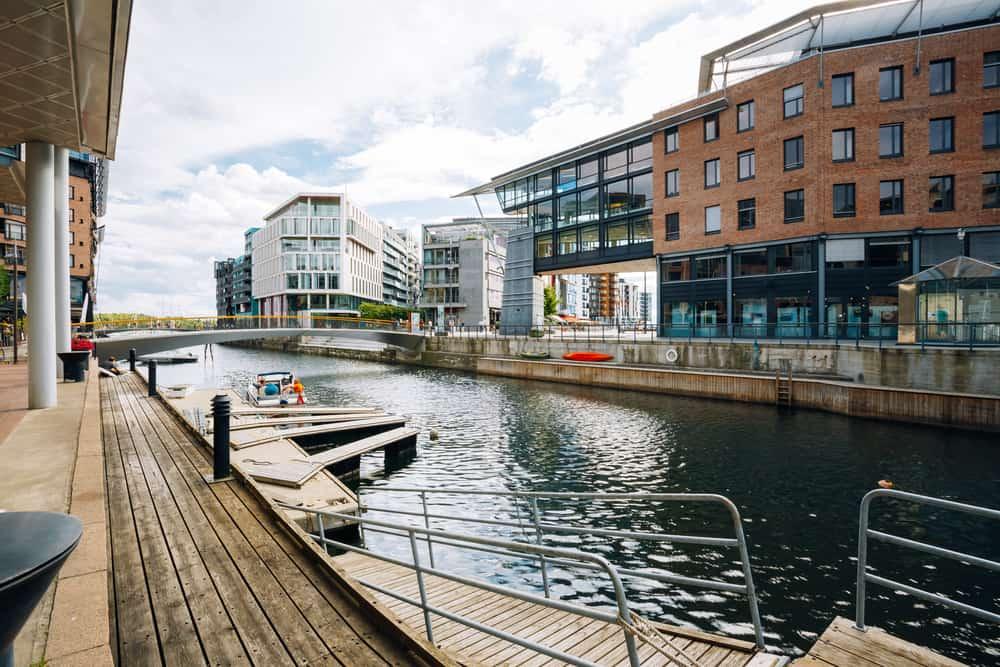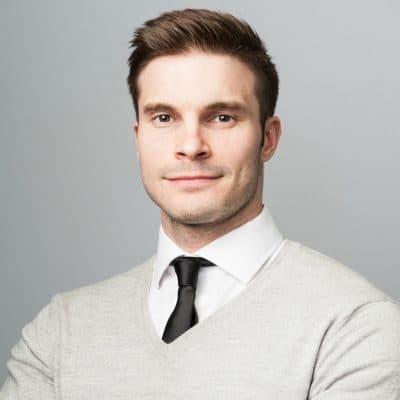27Sep2017
As the electricity market continues to shift towards fossil-free sources, a more sustainable energy system is being created by the energy company Vattenfall. This system combines efficient, large-scale production with decentralized solutions.
Vattenfall is one of Europe’s major retailers of electricity and heat. Given the global trends moving towards sustainable energy sources, the company has established clear goals for the future: phase out fossil fuel production, invest in renewables and innovate new ways to store energy. Vattenfall continues to explore new opportunities in solar energy (PV) technology and battery storage.
Solar Power Technology
Developing large-scale solar PV farms, especially where Vattenfall has the opportunity to use existing infrastructure, is highly interesting. This is because, by integrating PV with wind farms, Vattenfall can keep costs down and minimize the environmental impact by taking advantage of existing infrastructure. One such example is the recent commissioning of 5 MW of solar PV (supplying the equivalent of 1,440 Welsh households) co-located at Vattenfall’s wind farm Parc Cynog in Wales.
However, Vattenfall does not currently have solar electricity foothold in Sweden, so they have decided to collaborate with two Swedish solar electricity producers.
One of the solar farms, Kuddby Power Solar farm, is located close to Norrköping (200 kilometers from Stockholm) and another, Österlenvind AB’s solar cell facility, is in Simrishamn in the south of Sweden.
Not Your Typical Swedish Farmer
Mikael Saksi at Kuddby Power Solar farm decided in 2014 to install 2,000 square meters of solar panels on his farm, making him one of Sweden’s biggest private generators of solar power. He now sells all the power he generates directly to Vattenfall.
Saksi has a lot of energy in more ways than one. The dentist, who has his own private practice in Norrköping, loves motocross bikes. He has all of Kawasaki’s factory bikes from 1973 to 1978, a Yamaha, and a Husqvarna in his attic. In his basement, he has his own microbrewery. The beer is produced from his own hops and the filled bottles are stored in a bunker on the farm.
Another of his interests is renewable energy. When he and his family moved to Vikbolandet on the outskirts of Norrköping in 2006, he had the idea of building his own wind turbine.
“When I eventually made the decision in 2014, I went for a solar farm instead. It was too risky to build a wind turbine on its own, plus the mains connection was very expensive. In principle, solar panels don’t need any maintenance and the connection was far cheaper,” explains Mikael Saksi.
He also has 19 sheep that can usually be found grazing among the solar panels.
“Having the sheep here is ideal because that way I don’t have to maintain the vegetation.”
Kuddby Power Solar Farm
Mikael Saksi, who calls himself a leisure farmer, invested SEK 3.5 million in his solar farm with support from the Swedish Energy Agency. The solar farm has an estimated operating life of 20 to 25 years.
“It really should be a requirement for solar panels to be installed on the roof when a new house is built. Everybody must do their bit for the environment. I’m doing this for the future of my children and grandchildren.”
Statistics:
Number of panels: 1,232
Output: 314 kWp
Annual power generation: 330 MWh
Vattenfall Strategy
The world is in urgent need of alternative, cleaner ways of powering and heating homes, industries and cities. Vattenfall’s purpose is to “Power Climate Smarter Living”. This means accelerating and enabling people to live climate-smart lives.
Vattenfall’s main markets are Finland, Denmark, the Netherlands, Germany, the UK, and Sweden. The Group has approximately 20,000 employees. The parent company, Vattenfall AB, is 100% owned by the Swedish state, and its headquarters are located in Solna, Sweden.
For more information, please visit: www.vattenfall.fi
Written by Heidi Stenström



 by:
by: